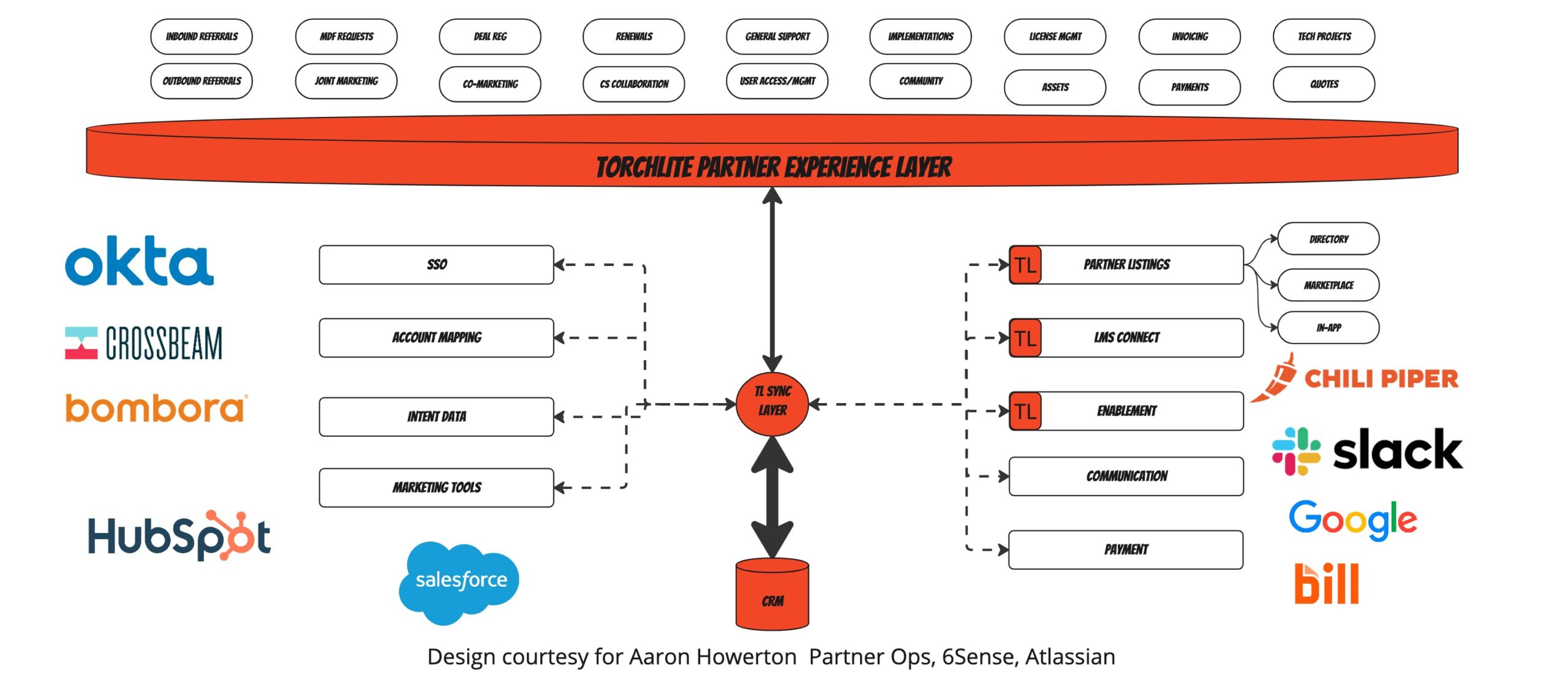What Is the Most Effective Way To Build and Maintain Relationships With Brand Partners?
Each brand partnership will require different things to be successful, but certain guiding principles—and tools—can help with all partnerships. Before reaching out to your first prospective partner, you need to have a clear understanding of what your partnership process will look like from start to finish, and how your business will sustain relationships in the long term.
Many businesses struggle with partner management—not because they don’t have a plan, but instead because they cannot execute that plan with the resources at their disposal. Some businesses even end up cutting partner programs that were actually helping them, simply because they struggle to measure or communicate the value of that partnership to leadership.
For a business, partner management requires systems that can adapt, grow, and evolve as partnerships do. Developing a proper partner management structure is the first step in that process, but you also need to have the tools to build that structure effectively. As many Partner Managers know, keeping up with multiple business relationships is much easier said than done—but with the right foundation and the right software, success is more than possible. Keep reading for some partner relationship management best practices, and how software solutions like Torchlite help support your partnership management structure.
The 9 Steps of Building a Business Relationship
At Torchlite, we follow a nine-step process for how to build and maintain relationships with other brands. Some of these steps happen before you even make first contact with other organizations. As you read through these steps below, keep in mind that the order is not set in stone and that you may need to revisit certain steps as you build out your partnership management structure.
- Define your goals for brand partnerships. What benefits are you looking to gain from working with other organizations? More importantly, what can you offer to potential partners that will convince them to work with you?
- Identify potential partners that suit your goals. Like in Step 1, you consider not just who you want to work with, but who would want to work with you—and have a “why” for each.
- Create a partner agreement. A starting template helps, but the actual agreement you set with each partner will likely depend on the relationship type and its goals. A reseller partner agreement, for example, will look very different than an affiliate partner agreement.
- Set up a partner portal. You will need a digital channel to communicate, track data, share materials, and house your partnership structure as a whole.
- Compile training and enablement resources. Each partner will need training, onboarding, and possibly other resources related to your business.
- Establish a measurement and reporting system. This is the stumbling block for most PRM portfolios—and understandably so, as every relationship will want to track different data points. Having a quality PRM software solution will mitigate much of the struggle here.
- Decide on your incentives. While it’s tempting to just think of monetary benefits, not every incentive needs to be transactional—nor should it be. Get creative with what you offer partners.
- Prioritize continual engagement. With this step, remember that “continual” does not mean forsaking quality for quantity. Any communication between partners should be meaningful and offer valuable information to them about the partnership, such as success metrics, new goals for your business, and so on.
- Continual improvement is key to success. Always be looking for ways to refine your partner programs. Revisit your processes, ask for feedback from partners, and keep diligent track of your success metrics.
What Is the Key To Building Lasting Relationships With Brand Partners?
A successful brand partnership involves a lot of the same things any partnership does; clear communication, feedback loops, and mutual success are all important. But on top of that, business relationships require two key elements: attribution and reporting. Both of these help businesses understand the return on investment in a partnership and why they should—or shouldn’t—continue working with each partner they have. To better understand why, let’s break down attribution and reporting just a little further.
Attribution
A critical part of partner management, attribution helps companies understand what’s working in their brand partnerships and why. Partner portfolios need to be able to quickly and concisely express “this is why each partnership we have is beneficial to everyone involved.” However, expressing this is a common struggle for partner programs—usually because they don’t have the tools or data to accurately showcase the ROI of partnerships. As a result, they may fail to form new partnerships or even maintain current ones—either because their partners don’t see value in the relationship or internal leadership wants to make budget cuts and sees partner programs as nothing more than an expense.
Reporting
Accurate data is always important in the business world, and it’s no different for partner management. Reporting can serve several key functions in a brand relationship. Accounting, conversion rates, and even customer feedback all rely on accurate data inputs, as well as proper presentation of that data. For a business relationship, this may take on any number of forms depending on the nature of the relationship. Affiliate partnerships, for example, would want to know exactly how many of their conversions come from clients that were referred by their affiliates.

Torchlite: Building Successful Partnerships
What is a brand partnership without clear communication, accurate reporting, and simplified processes? At Torchlite, we understand the importance of staying organized and efficient with PRM—and our software is proof of that understanding. Our PRM platform automates, simplifies, and consolidates everything into a single source of truth. This provides visibility to not just your external partners but internal teams who need that information, such as marketing or sales. What’s more, our software’s architecture creates a malleable structure that can mold to any partnership, so you can build out each partner channel exactly the way you (and your partners) want them.
Professional relationships require professional solutions. Book a demo and see why Torchlite fits the bill.






